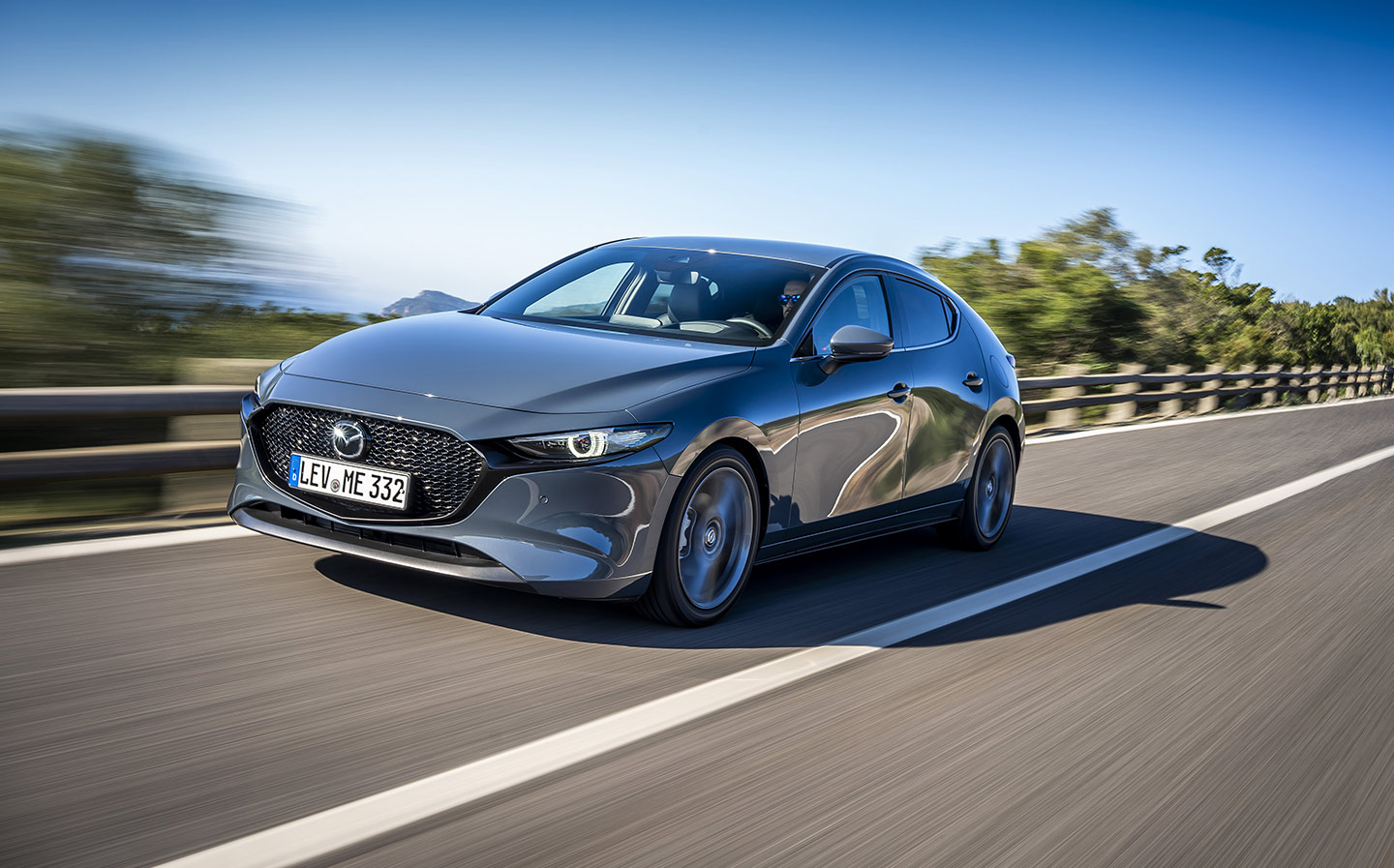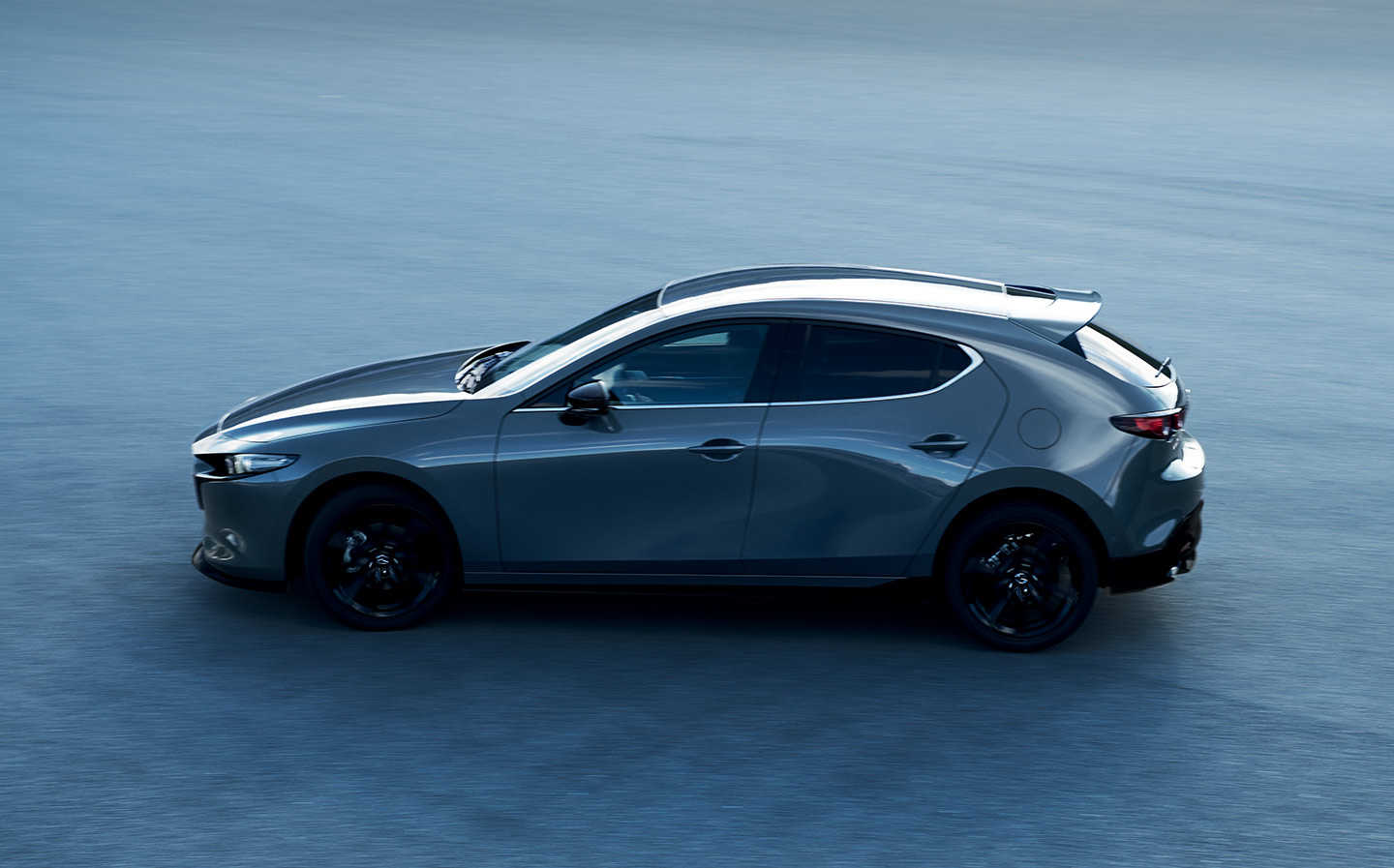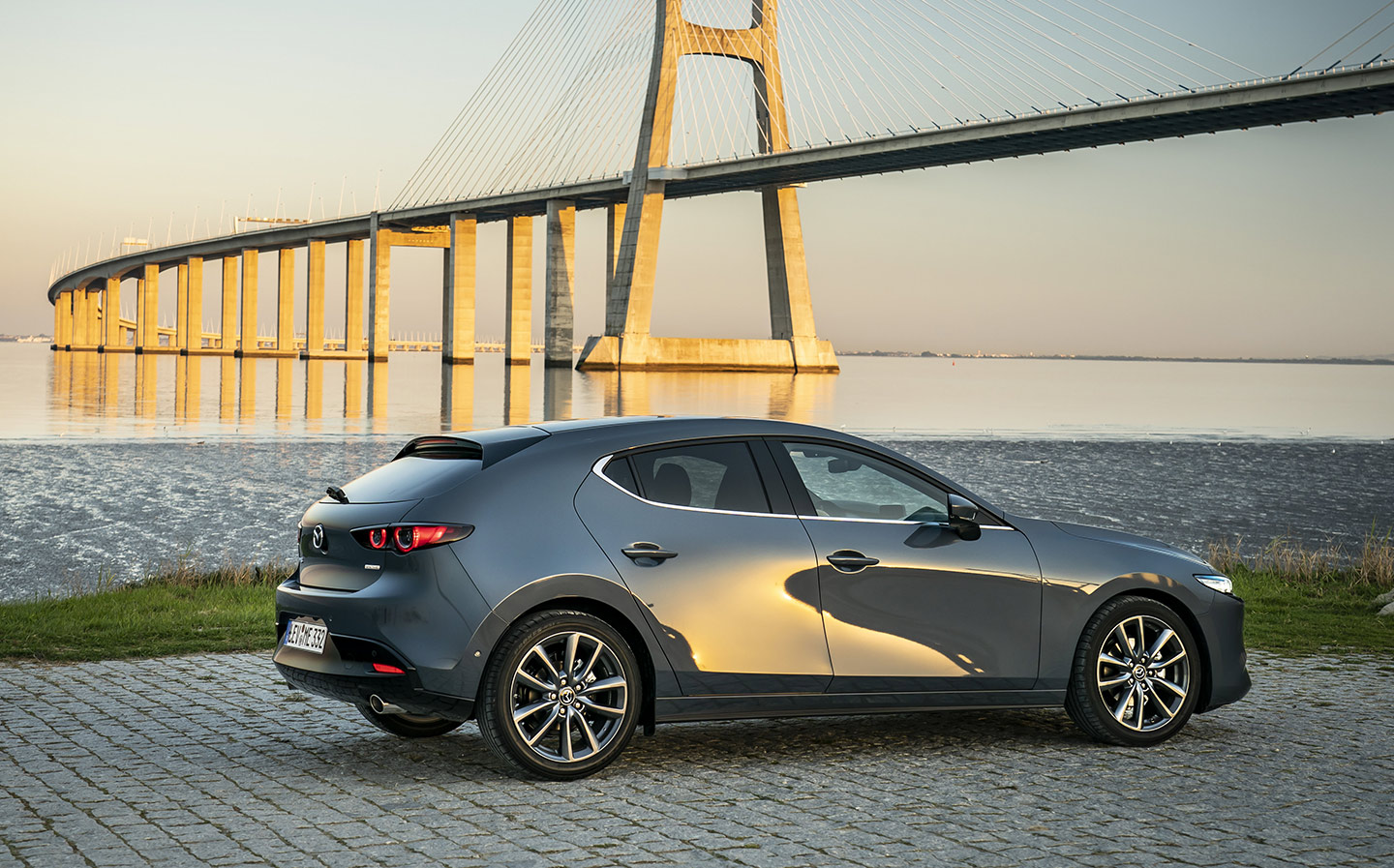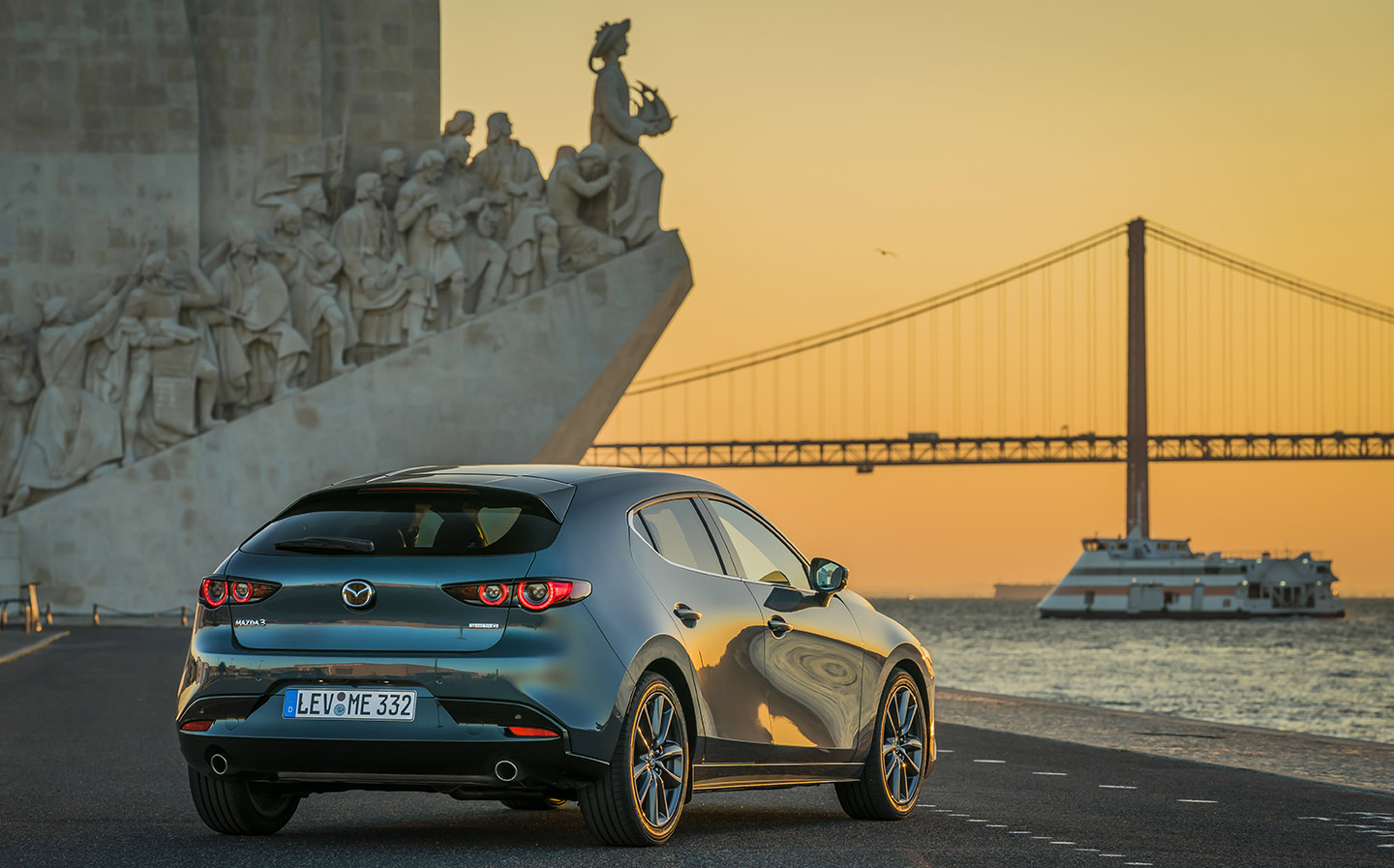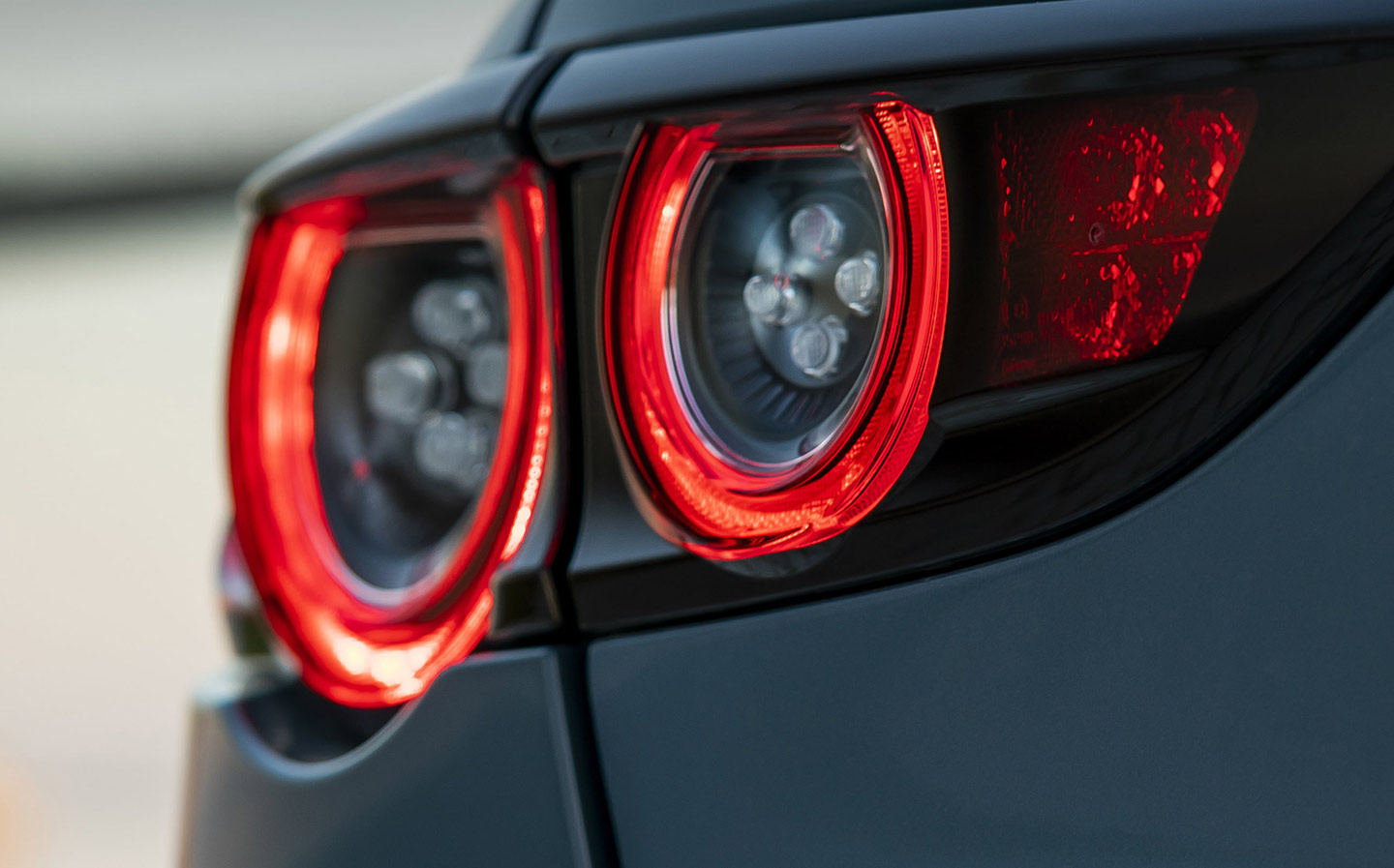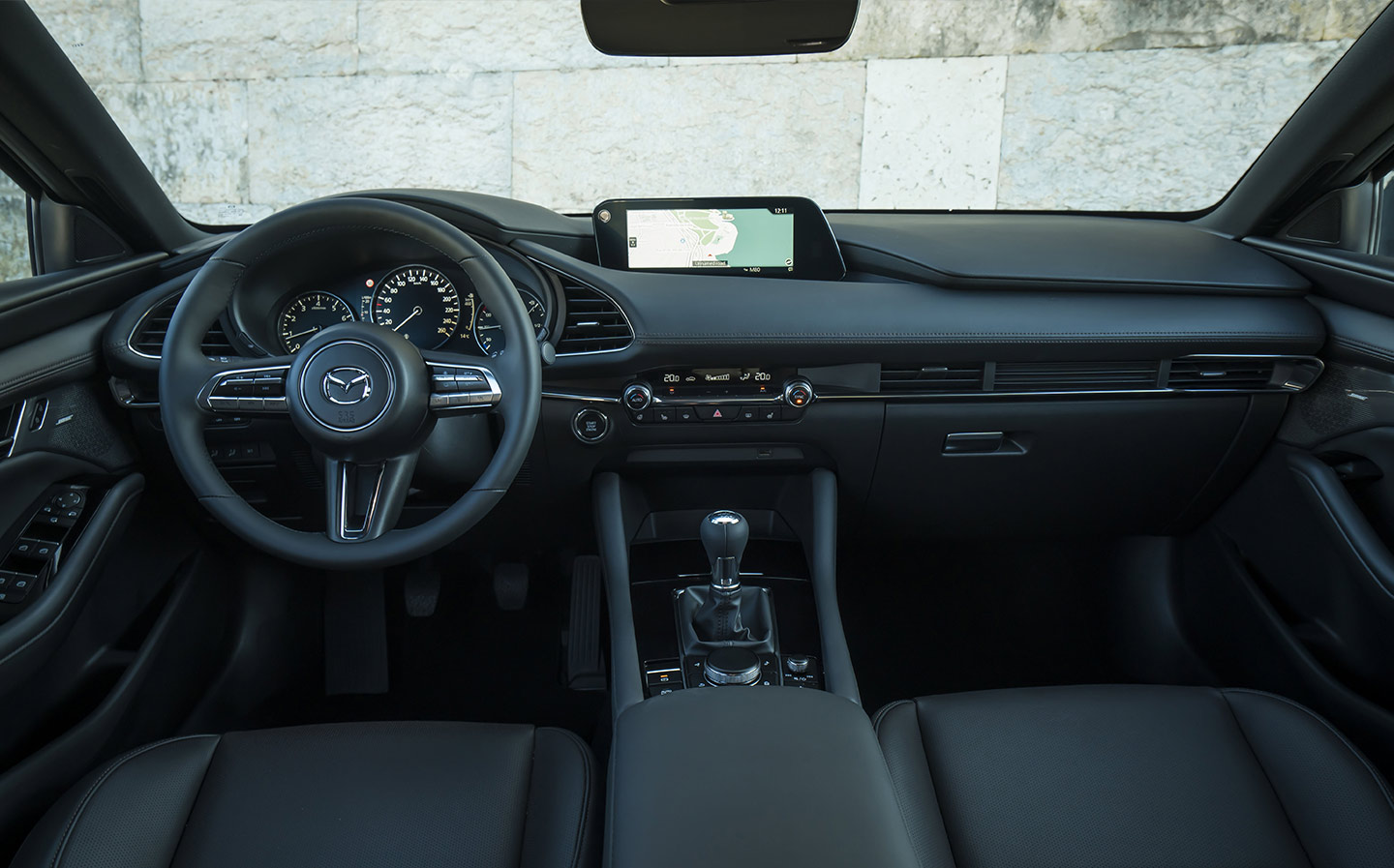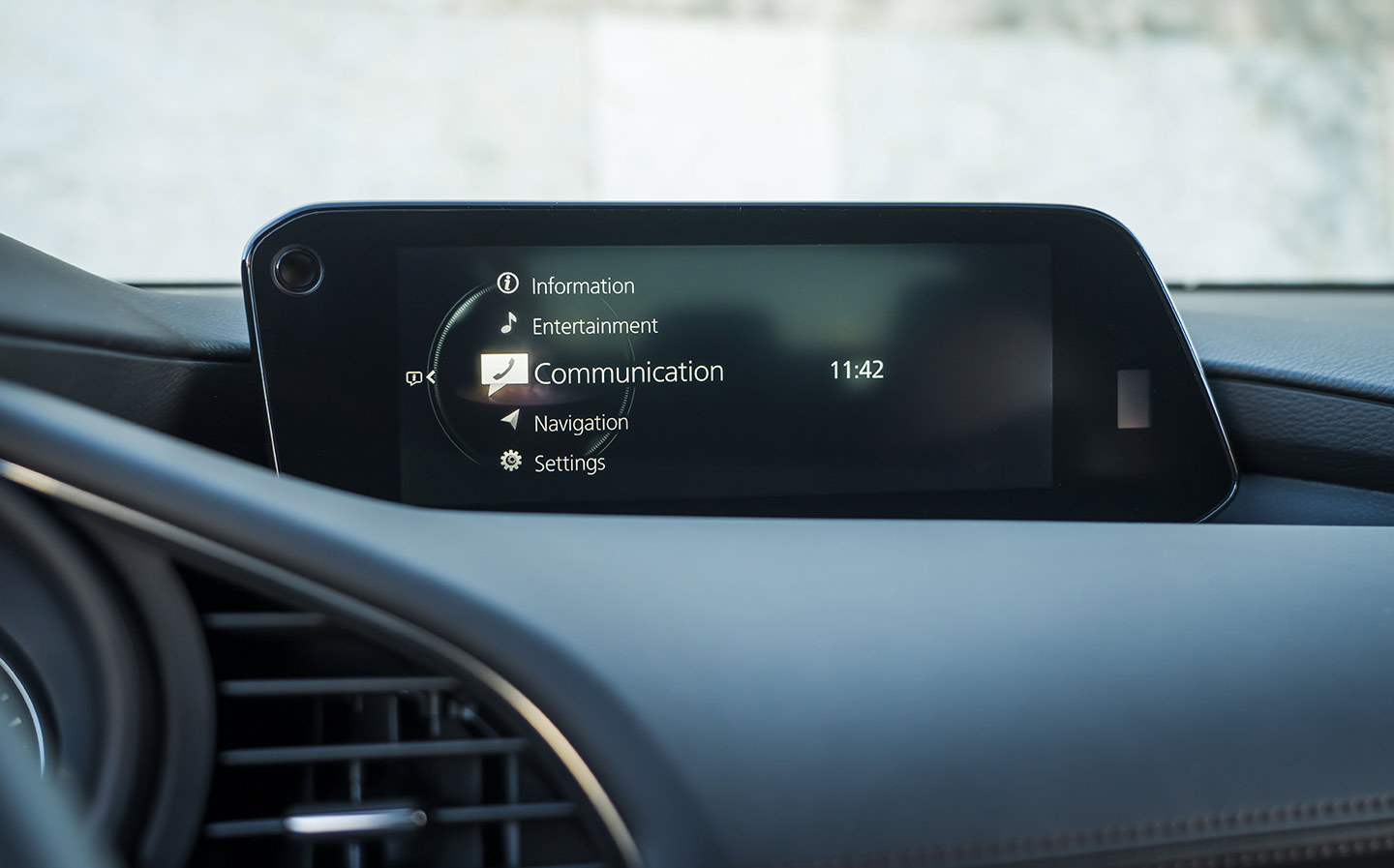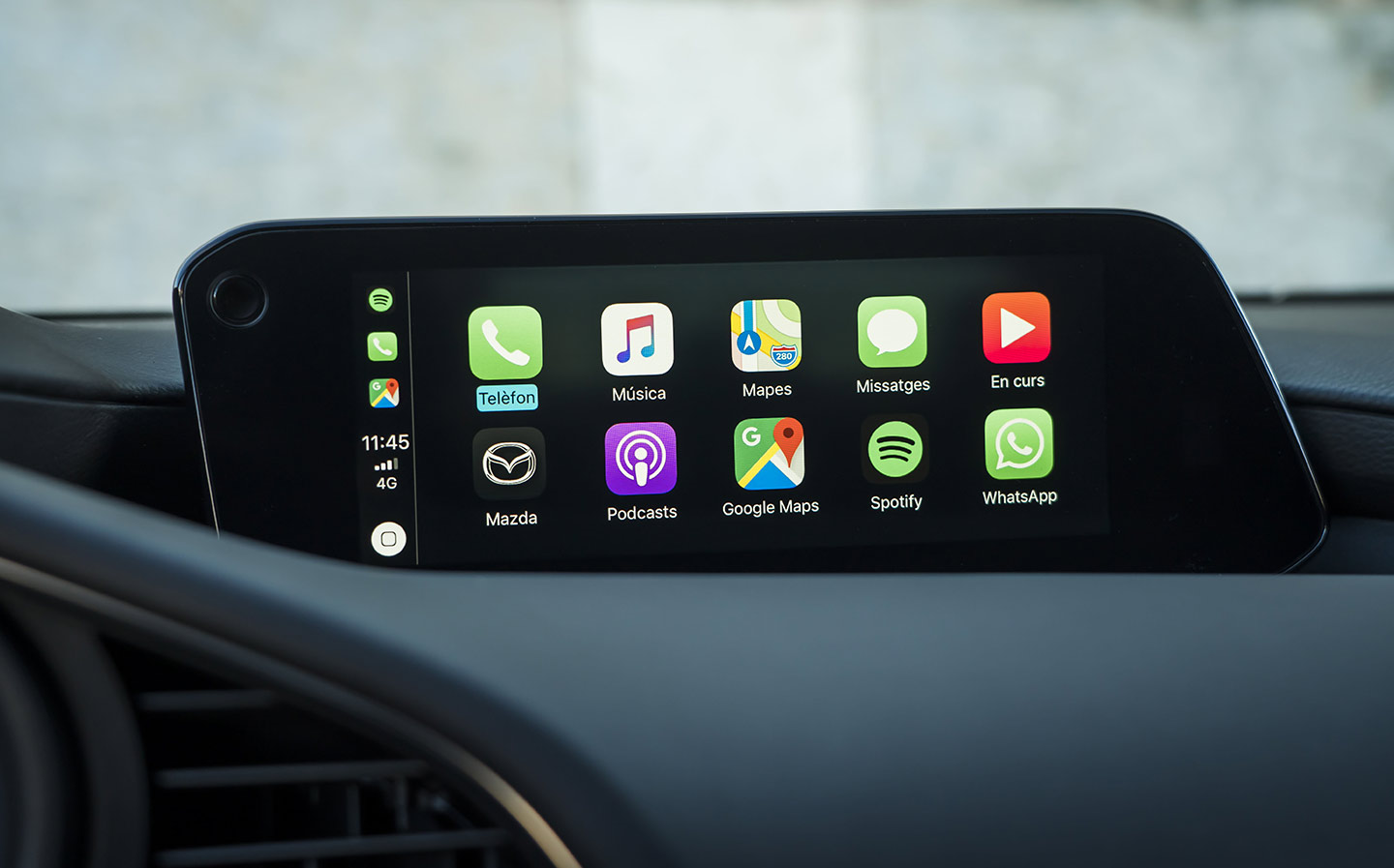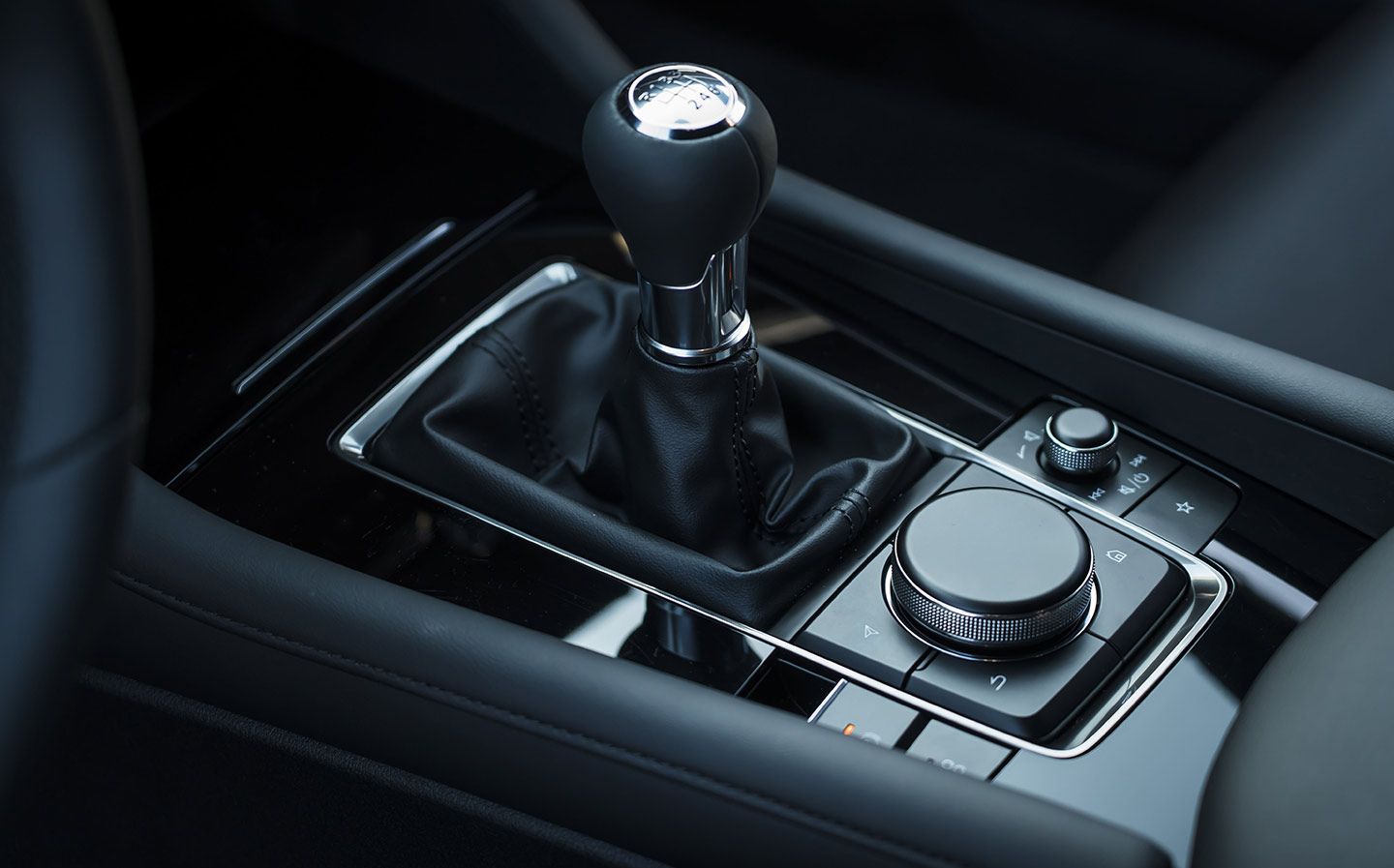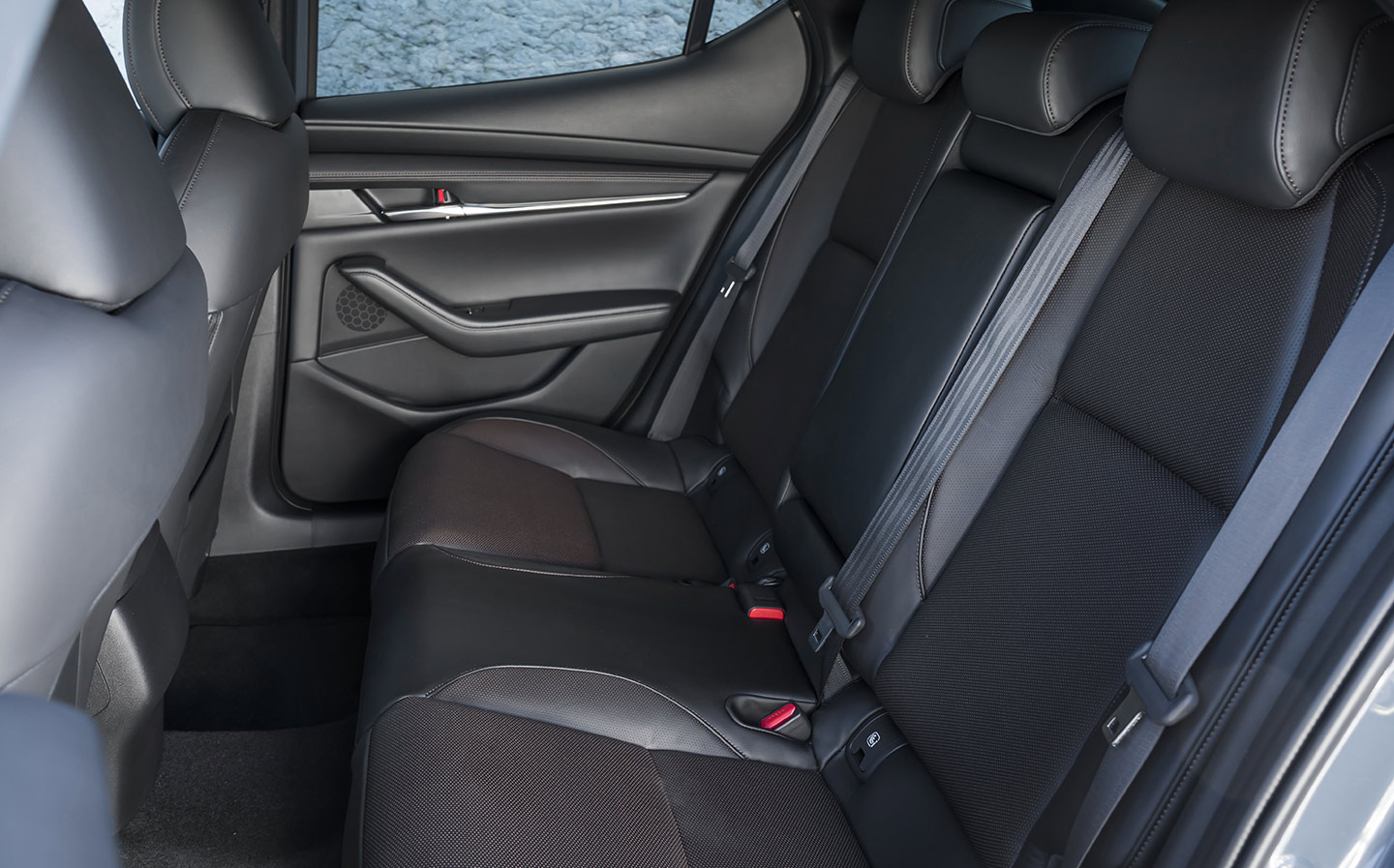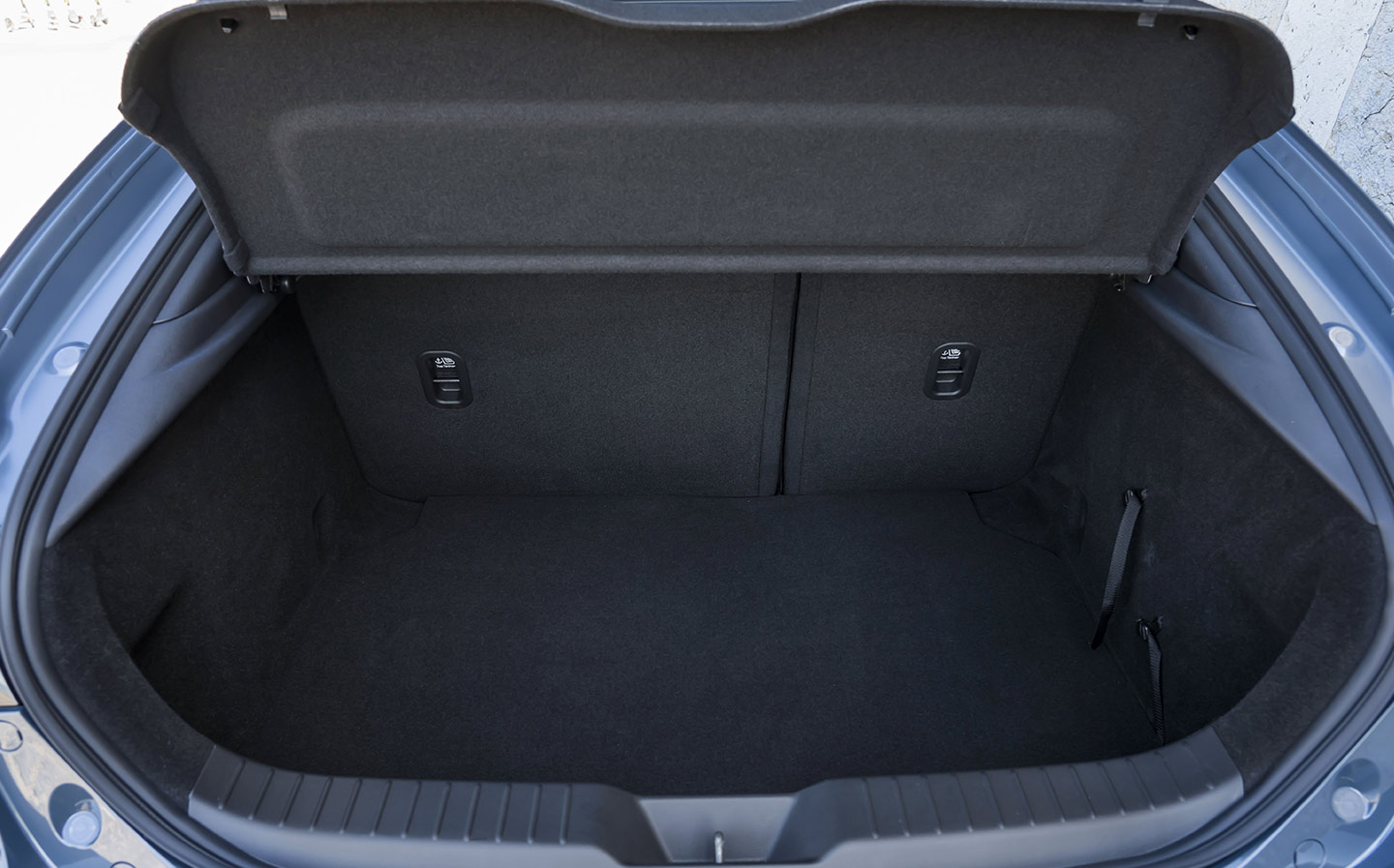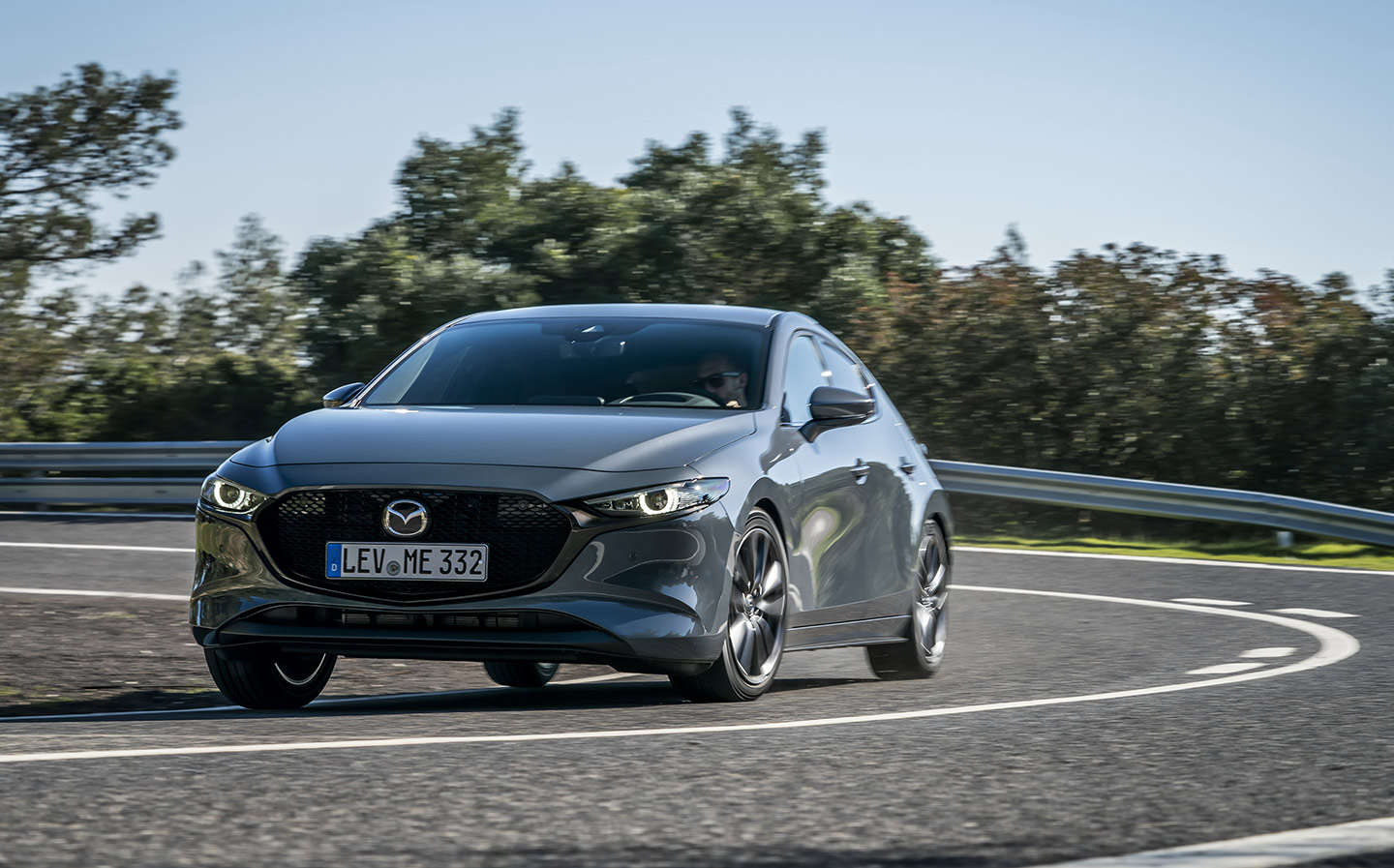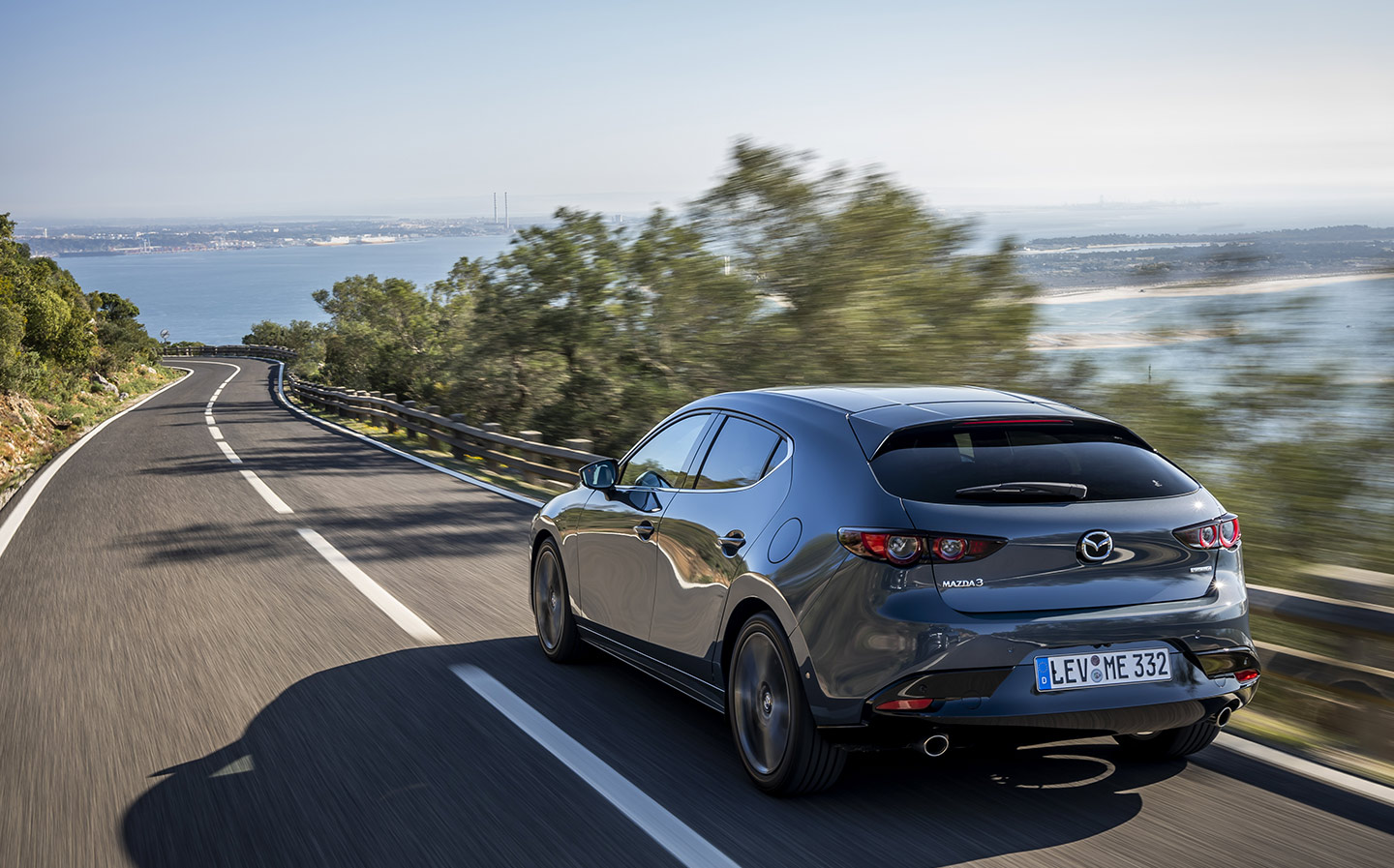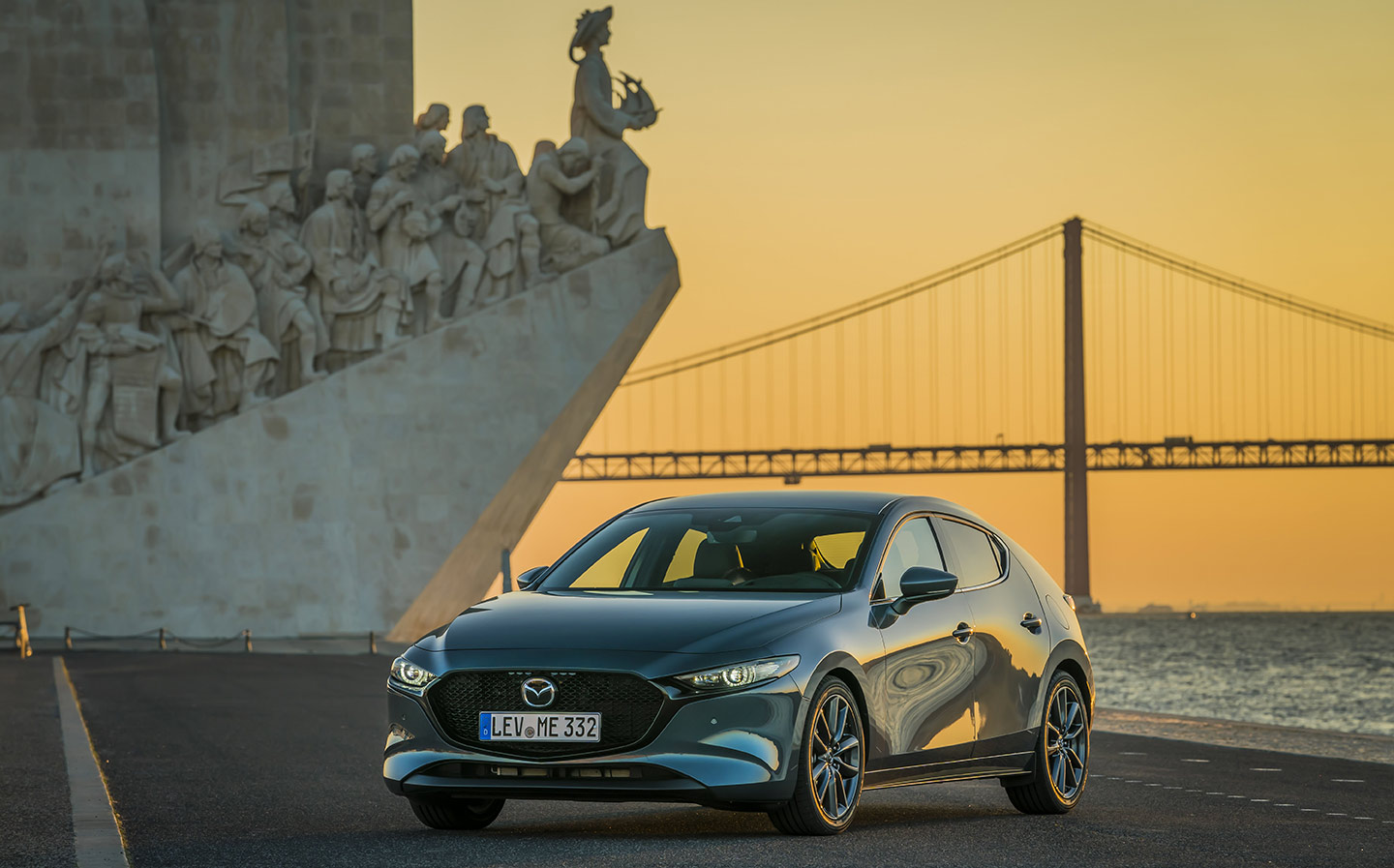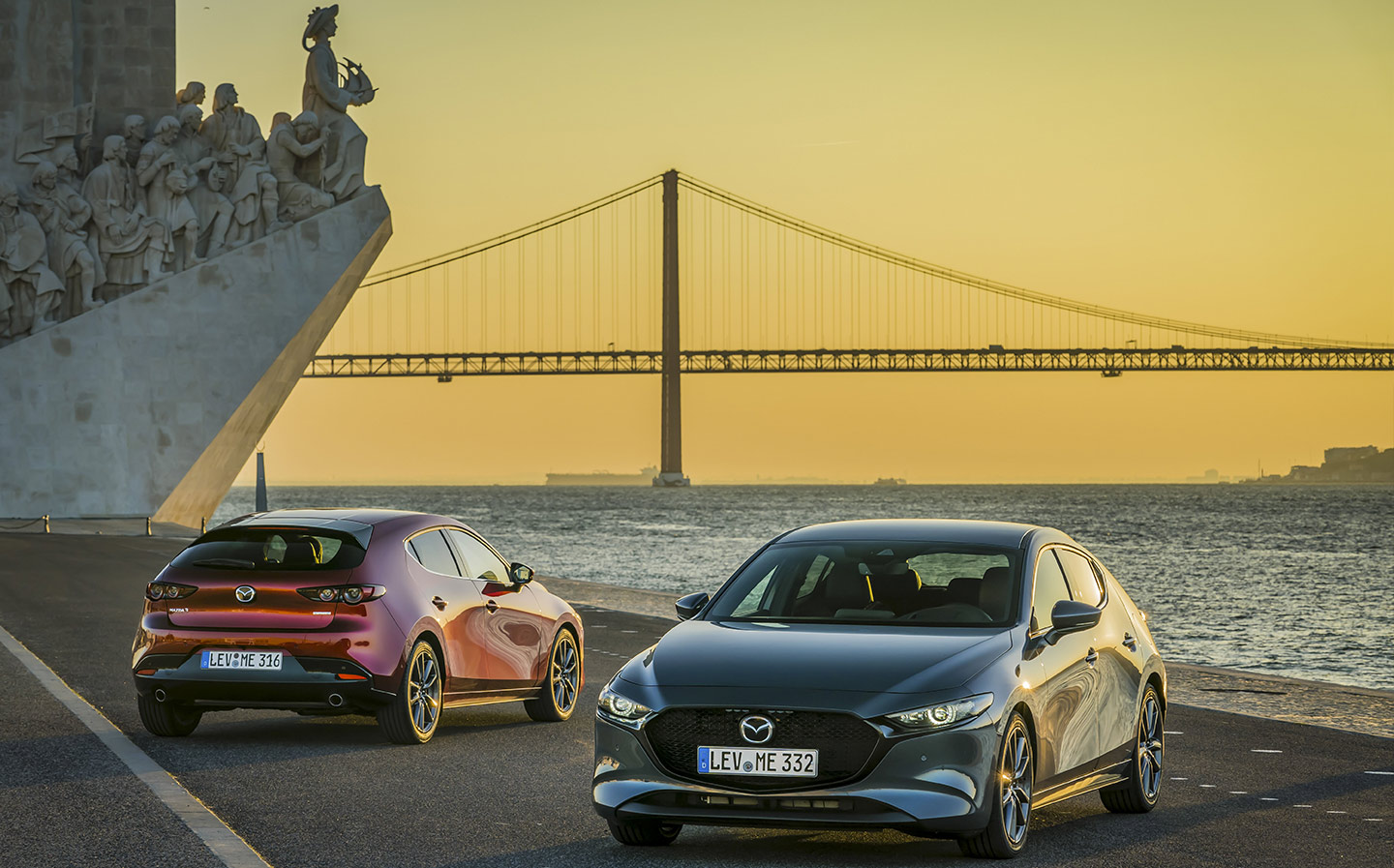2019 Mazda 3 review
Wins the prize for most-improved hatchback, but is it enough?
If you had to name the three most crowded markets in the world, it’d probably go something like this: the Wall Street trading floor circa 1987; the Cairo market out of Raiders of the Lost Ark; the current family hatchback car market.
The rising popularity of crossover SUVs – many of which are spun off hatchbacks – has done nothing to make the buying process any less mystifying for drivers. And sales figures show that big, high-riding, rugged-looking crossovers are as alluring as a silver earing to a crow.
That’s why car companies like Mazda are working harder than ever to make their traditional family hatches stand out, and this new, fourth generation Mazda 3 is trying hard to impress.
When it goes on sale in Britain this spring it will compete with the eternally classy Volkswagen Golf and ever-popular Ford Focus, but buyers will also have the Peugeot 308, Renault Mégane, SEAT Leon and Skoda Octavia on their shortlists, too.
Those with more to spend can find themselves pleasantly surprised by the finance deals available on the upmarket Audi A3, BMW 1-series, Mercedes A-class and Volvo V40.
With prices for the all-new Mazda 3 starting at £20,595, for a model in SE-L trim with a 122ps 2-litre Skyactiv-G M Hybrid petrol engine, the Japanese contender may seem like a bargain. Costs rise gradually through SE-L Lux and Sport Lux to GT Sport and the range-topping GT Sport Tech, which costs from £25,270.
This mild hybrid model, which uses an electric motor to provide power under acceleration, reducing the stress on the petrol engine for better fuel efficiency, is expected to be the best-selling version. But with 120bhp and no turbocharger, it’s no ball of fire, and the official WLTP fuel economy figure of 44.8-45.6mpg (depending on wheel size) isn’t class leading. But it goes about its business in a willing fashion and is – for the most part – smooth and quiet.
Also from launch there’s a 116ps 1.8-litre Skyactiv-D diesel engine, which attracts a two grand premium over the petrol, starting at £22,395, but it is more fuel efficient: the manual model will manage 55.4-56.5mpg.
Meanwhile, CO2 outputs for both are pretty decent, at 107-109g/km for the Skyactiv-D manual versus 117-119g/km for the equivalent Skyactiv-G M Hybrid. Both figures have been translated from the new test into old money, though, as tax will still be calculated based on the outgoing NEDC test; you can expect to pay £145 in the first year for the diesel and £165 for the petrol.
Both come with an automatic gearbox option, which marginally decreases efficiency.
But hold fire, because in the autumn, the company will add its Skyactiv-X engine to the UK line-up. Mazda claims this clever petrol motor has the same or better fuel-efficiency as the Skyactiv-D diesel, thanks to pioneering compression technology, but has the fun-to-drive characteristics of a petrol. It’s said to be 30% more fuel efficient than a conventional petrol engine, with CO2 emissions likely to dip below 100g/km. Those claims are still to be put to the test.
In the immediate term, just look at the new Mazda3. As hatchbacks go, it’s handsome. Its new clothes sit on a new chassis, which is stronger than before, reportedly allowing the engineers to take big strides in terms of cabin quietness, how smoothly it rides over crumbling roads and how precise it feels on a nice stretch of winding road.
Inside, it’s a relief to find that the days of Japanese cars having an interior with all the panache of a portaloo are over. The 2019 Mazda3’s cabin stands comparison with the current generation of Audi, BMW and Volkswagen hatchbacks. That’s not something we thought we’d see, but Mazda — like so many other brands — is on a mission to shift itself toward becoming a premium player, and this evidence, it really is walking the walk.
The elegantly slender dashboard is swathed with soft-touch surfaces, all the switchgear has a satisfying look and feel, there’s a new, larger 8.8in screen for the infotainment system and a partially digital instrument display.
What there isn’t, however, is a touchscreen interface. This is curious. At a time when most car makers are following Tesla’s lead and making touchscreens the default interface between man and machine, Mazda has expressed reservations about the safety of such systems. It told us that touchscreens cause the driver to unconsciously lean, which means they unwittingly apply enough extra steering lock to veer out of lane.
And even if you mount such touchscreens extremely close to the driver, it takes the human eye longer to focus, creating another hazard. At a time when the car is becoming an extension of the smartphone, it’s interesting for a car manufacturer to be so candid about the matter.
The answer, in the eyes of Mazda’s engineers at least, is to site the information screen at the top of the dashboard, back as close to the windscreen as possible, and pair it with a simple rotary controller or voice control. This tried-and-tested approach worked well in the time we spent with the car.
Drivers who need a hatchback to ferry around family may find that the back half of the new Mazda 3 is a little on the snug side. Anyone approaching six-foot and sat in the back will be rubbing their head on the roof, and high-backed booster seats will be a squeeze, as will lifting young children through the shallow door opening. There’s also less boot space than before, at 351-litres, although the back seats fold nearly flat to give more room.
Where the 3 will really make its mark with young families is on the test drive. Even if you don’t consider yourself a petrolhead and wouldn’t be caught watching an episode of Top Gear or The Grand Tour, something about the way the 3 drives will feel just right.
When just pottering to the shops, or parking in a tight spot, the Mazda3 has a precise and well-engineered way about it. It glides over crumbling roads, proves quiet at motorway speeds and comes alive on a stretch of winding road. In many respects, it is better to drive than the more established pack of posh (German) hatchbacks.
If it were at school, the 2019 Mazda3 would probably collect the end-of-year award for the most improved pupil. Whether that is enough to tempt Britain’s drivers from more established brand remains to be seen, but we’d suggest they’d be missing out if they didn’t at least give it a try.
Tweet to @squarejames Follow @sqaurejames


